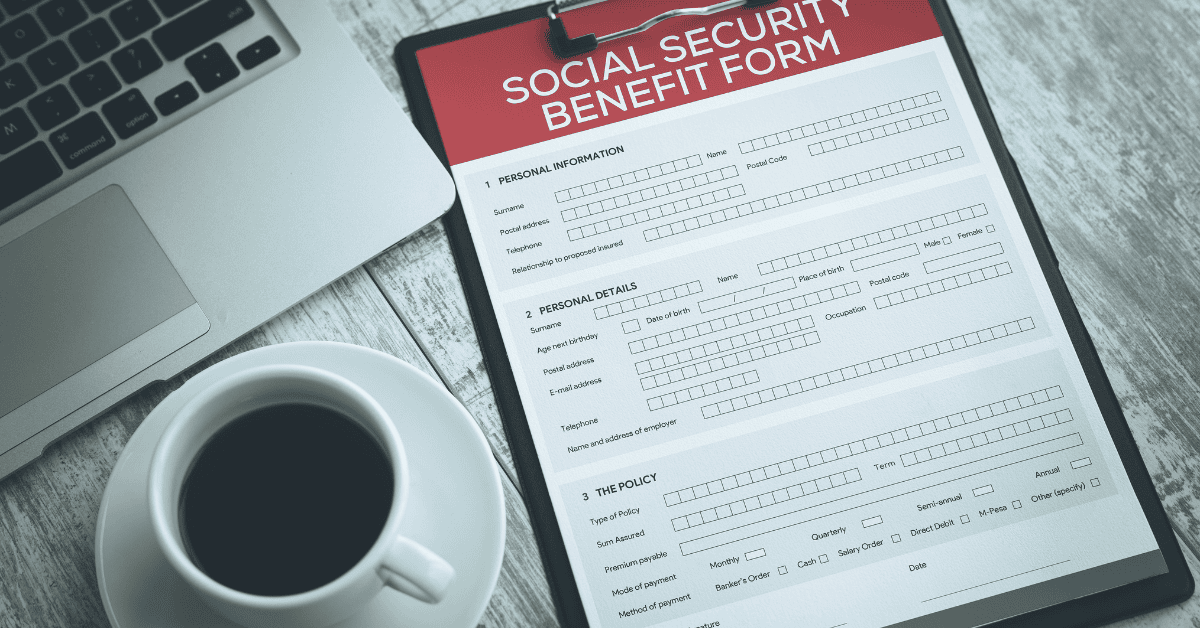In 1996, Congress authorized 529 education savings plans, named for the section of the Internal Revenue Code governing them. Since that time, parents and grandparents have been using 529 education savings plans to help fund college for children and grandchildren. By depositing funds in these state-sponsored accounts, owners can provide funding that grows on a tax-favored basis, and when withdrawals are made to pay for qualified educational expenses, no tax is assessed on the funds withdrawn. The accounts became even more useful with the passage of the 2017 Tax Cuts and Jobs Act (TCJA), which expanded allowable use of 529 funds from higher education costs to include private K–12 school expenses.
The plans still had one potential disadvantage, however: if excess funds remained in a 529 plan when the student had no further need for it, there wasn’t a good alternative for utilizing the funds. If a student finished college with a remaining balance in the account, the only way to get that money out was to accept a 10% penalty, since there were no qualifying educational expenses left to pay. A provision allowing the plan owner to switch to another beneficiary—perhaps a younger sibling or cousin of the original recipient—was somewhat helpful, but it was still a problem
Enter SECURE 2.0, passed at the end of 2022. This legislation has provided another potential solution for parents or grandparents who might have hesitated to deposit funds into a 529 plan because of the potential for excess balances. The new law, which contained a number of important changes for retirement accounts like IRAs, 401(k)s, and 403(b)s, also permits rollovers from 529 accounts to Roth IRA accounts, thus potentially transforming excess funds in a 529 account to a significant head start on retirement savings for a young person entering the workforce. There are, however, several requirements that need to be met in order to make this work.
1. The 529 plan must be at least 15 years old. It would be a fairly common scenario for a plan to be created when the beneficiary was 10 or 12 years old (in elementary school or later), and such a plan wouldn’t be eligible for the Roth rollover until the beneficiary has been out of college for a few years. On the other hand, parents and grandparents who establish plans by the time a child is 7 or so would have plans that allowed rollovers to begin at about the same time the student is finishing a four-year degree.
2. Annual rollovers are limited to the amount of the maximum Roth IRA contribution, adjusted for inflation. Lump sum rollovers from the 529 account that exceed the annual contribution limit for the Roth IRA aren’t allowed. So, for example, in 2024, a maximum of $7,000 could be rolled over from the 529 plan to the Roth account.
3. The owner of the Roth IRA receiving the rollover and the beneficiary of the 529 plan must be the same person. The funds can’t be transferred to a Roth IRA owned by anyone other than the beneficiary of the 529 plan from which the funds are being transferred.
4. The lifetime maximum for rollovers is $35,000, and there is no adjustment for inflation. This amount is fixed. So, if an account balance exceeds $35,000 when the original beneficiary has finished their education, the plan owner should either transfer the plan to another beneficiary who can use the funds for qualified educational expenses or accept the 10% penalty (plus applicable income taxes) on the amount withdrawn.
There are a few questions around this new provision for 529-to-Roth rollovers that remain to be answered by the IRS. First, if the plan owner transfers the 529 plan to a different (presumably younger) beneficiary, does the 15-year waiting period start over? Currently, this is unclear, though guidance was requested from the IRS on this matter in September 2023. Second, it is uncertain whether 529-to-Roth transfers will also be subject to the current rule that requires earnings to remain in Roth accounts for at least five years. This could be very important to recent graduates who want to use their new Roth funds for a qualified purpose other than retirement funding, such as the purchase of a first home or expenses related to a child’s birth or adoption. Here again, guidance has been requested, but the IRS has yet to rule on the matter.
Another thing to note: in 2014, Congress passed the Achieving a Better Life Experience (ABLE) Act that permits 529 plan funds to be used by disabled persons for “qualified disability expenses.” As with education funding, balances in the account grow with no taxation, and as long as the withdrawal meets the qualifications, no tax is assessed on the funds withdrawn from the plan. As with 529 plans for education, ABLE accounts (529-A) are administered by the states, and each state’s plan may have slightly different attributes. You can find a list of plans for each state, with comparisons, at various places online.
Mathis Wealth Management, a fiduciary financial planner and wealth advisor, wants you to know all your options for education funding, retirement planning, and other important financial objectives. To learn more, read our article, “Passing It On: Tax-Smart Gifting Strategies for Grandparents.”












